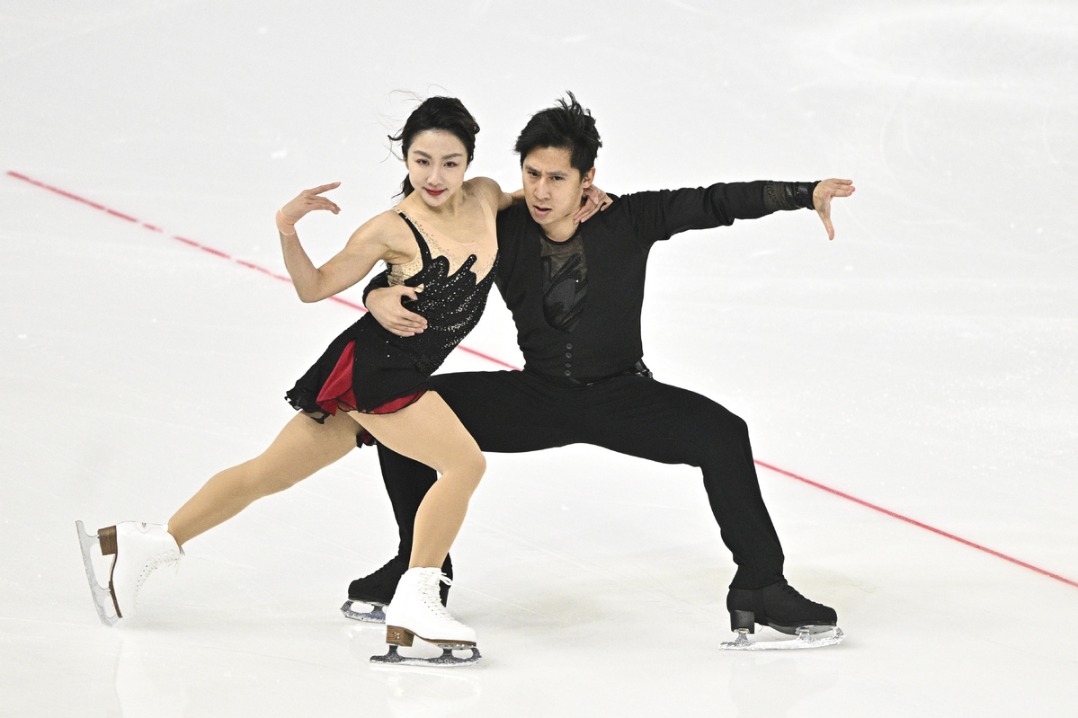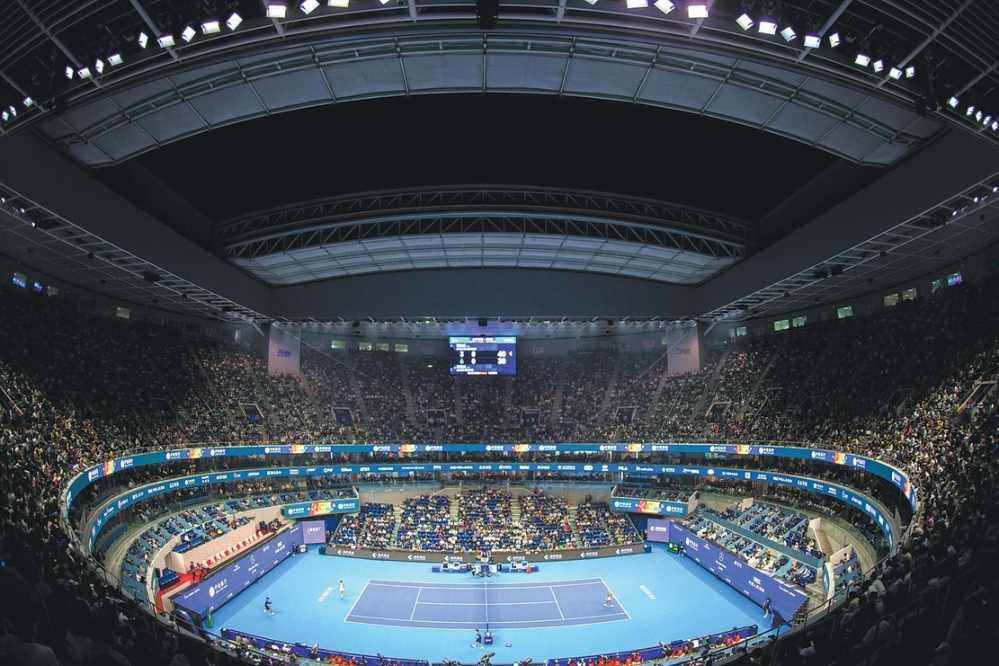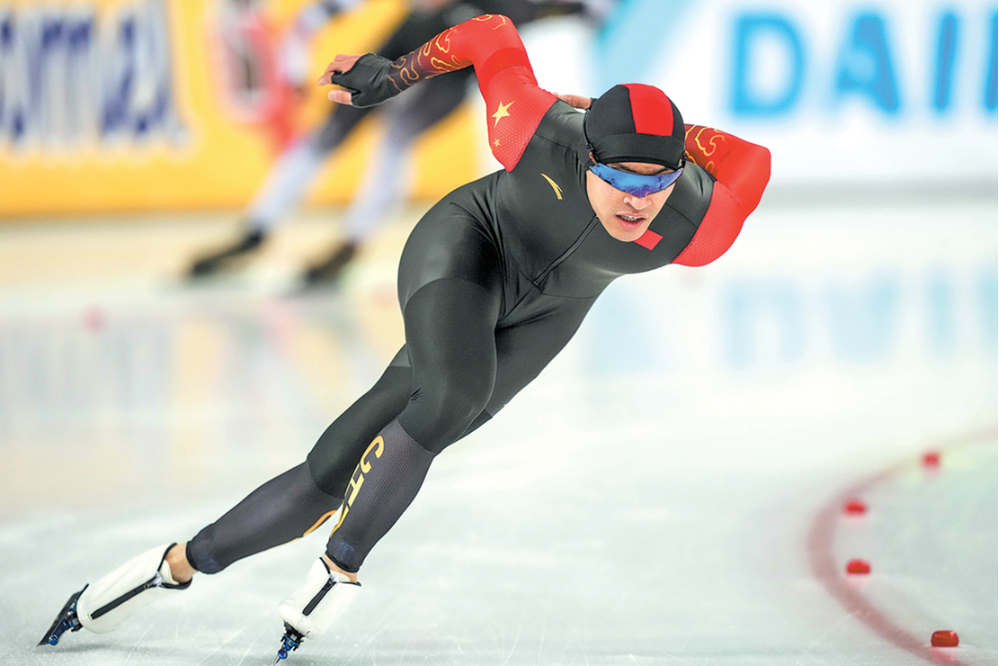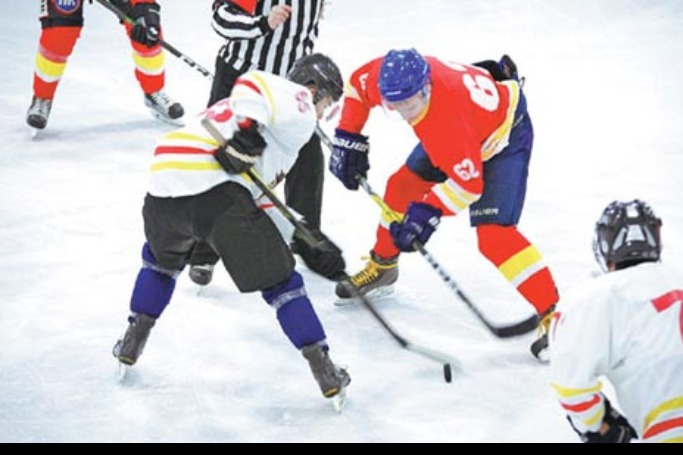New brain-injury study points the finger at heading

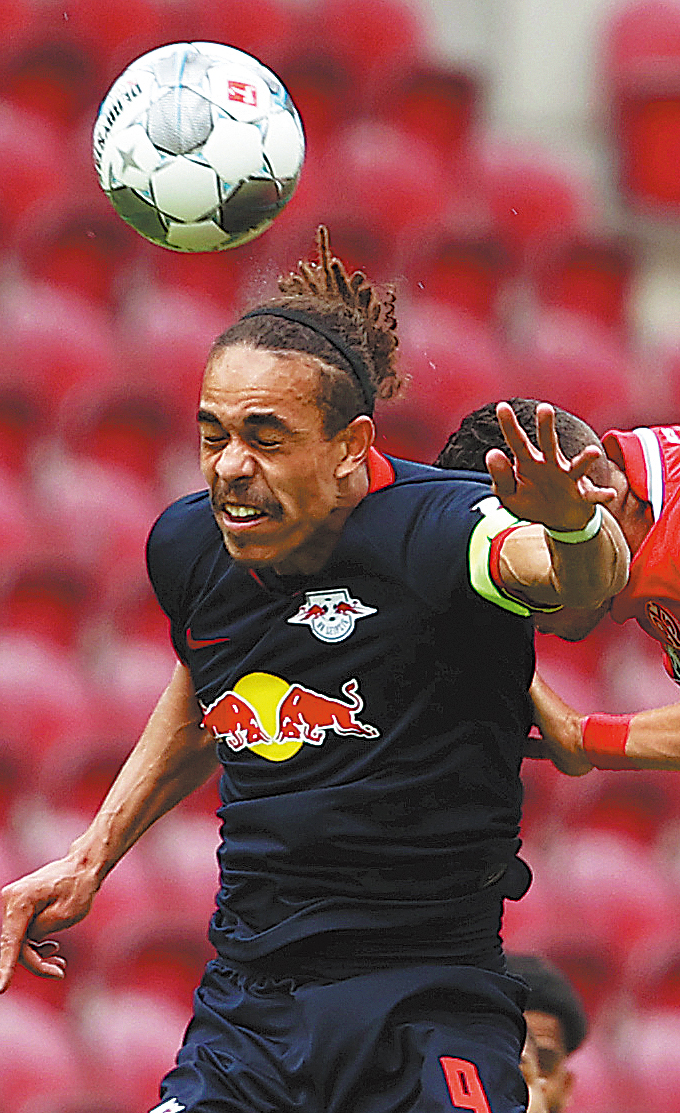
If headers were eliminated, would soccer still be the "Beautiful Game"?
Several studies have drawn links between long-time players and neurological disorders, including a recent 22-month investigation by Scotland's Glasgow Brain Injury Research Group that concluded former professionals were 3.5 times more likely to die from dementia or other neurological afflictions.
The same study, released last month, indicated a five-fold increase in the risk of Alzheimer's, a four-fold increase in the incidence of ALS(Lou Gehrig's Disease) and a two-fold jump in the risk of developing Parkinson's.
Boston University recently launched a study focusing on former female pros-including Team USA stars Michelle Akers and Brandi Chastain-which indicated women are nearly 33 percent more likely to be concussed than men.
Heading the ball has been banned completely in the US for players under the age of 10, and heading practice is limited to just 30 minutes per week in the under-11 and under-12 age groups.
The Canadian province of Quebec banned heading in all youth leagues in 2018, and England and Scotland are now considering the same in the wake of the Glasgow study, which was published in the New England Journal of Medicine.
Dr. Bennet Omalu, who spearheaded a lawsuit for former National Football League players with debilitating head injuries, recently told The Daily Telegraph that no soccer player under the age of 18 should head the ball.
"Begin with the children," Omalu said. "There should not be any heading of the ball below the age of 18. Why 18? Because that is when the human brain becomes fully developed. It is usually the age of adult consent.
"It is not intelligent for a human being to use his head to stop or deflect a ball traveling at a high velocity. As a society we should evolve."
The University of British Columbia in Canada has also delved into the subject, initiating a trial using mouth guards that measure head impacts. While the limited scope of the study has not resulted in definitive conclusions, it has indicated that repetitive impact by a ball on a player's head can cause cellular damage in the nervous system.
"In a lot of contact sports there are impacts that don't result in a person being diagnosed with a concussion, but they may have some effect on brain function, that, if you multiply it over the years, can be quite detrimental," said Dr Paul van Donkelaar, a UBC neuroscientist with 20 years' experience in sports concussion research.
"Better understanding of how soccer heading affects brain function both in a natural game setting as well as a lab setting is an important bit of knowledge to have in order to answer the question: How safe is it?
"No study has been done over the longer term. The Glasgow study was done after the fact, later in life. It was a medical records review, where they looked at who had died, and what they'd died from, and compared soccer players to otherwise healthy control subjects who didn't.
"That's a final outcome measure, right? What did they die from? And more soccer players were found to have died from neurodegenerative disorders.
"That suggests that there's something about soccer, which includes heading a ball, that might be one of the things that contributes to developing those disorders."
The US Soccer Federation changed its policy on headers in youth divisions in 2015 as part of a settlement in resolving a class-action lawsuit.
The Canadian Soccer Association hasn't yet followed suit, due to the lack of concrete clinical research showing a definitive link between heading and brain trauma.
Most Popular
- China's sports science institute trumpets national fitness rise
- South Korea's An equals calendar year title record
- Veterans answer the call
- Kyrgios prevails in 'Battle of the Sexes'
- Sanya Marathon draws 14,000 runners from 19 countries and regions
- Pickleball tournament brings social and economic benefits in Luzhou
















